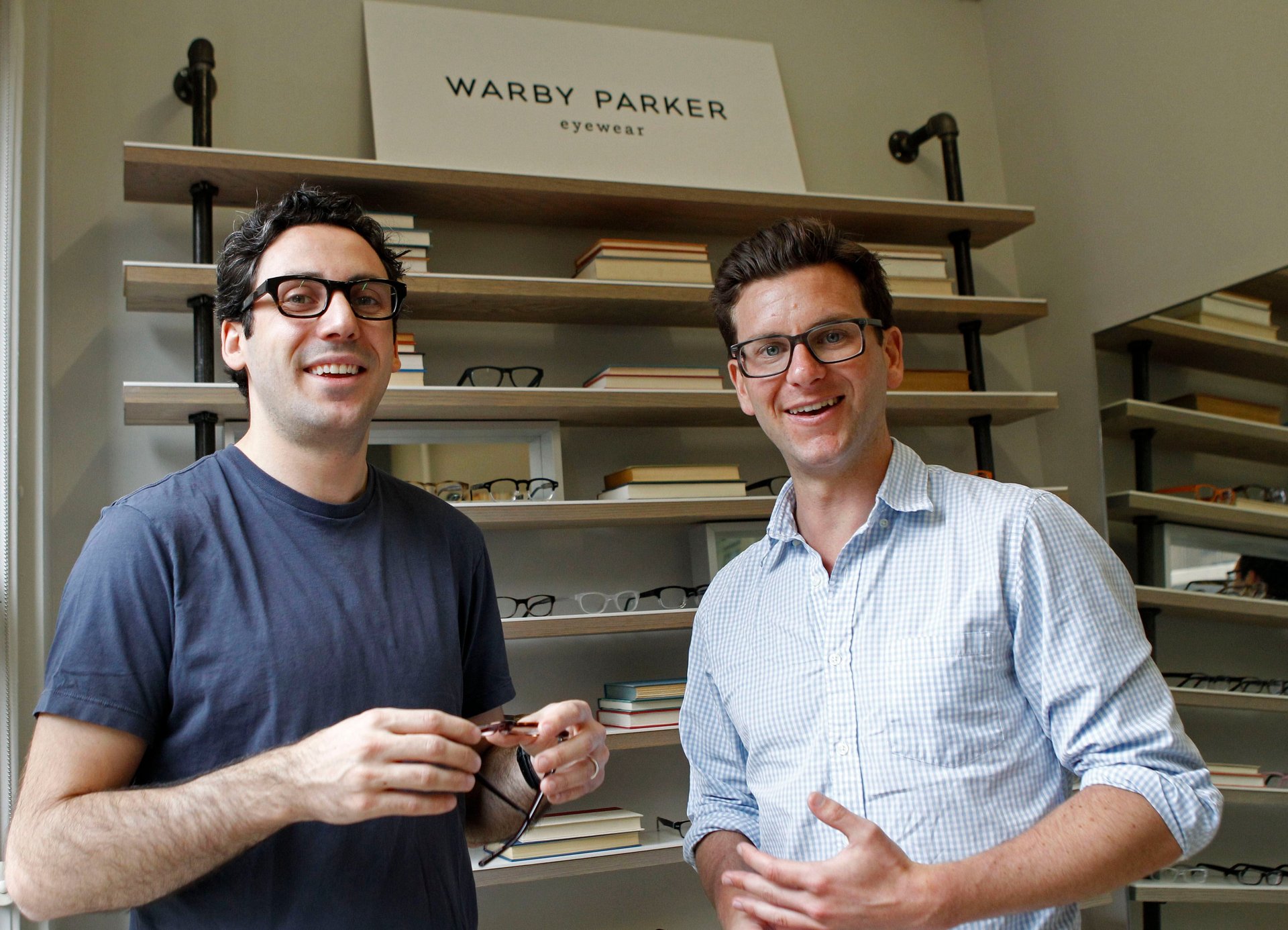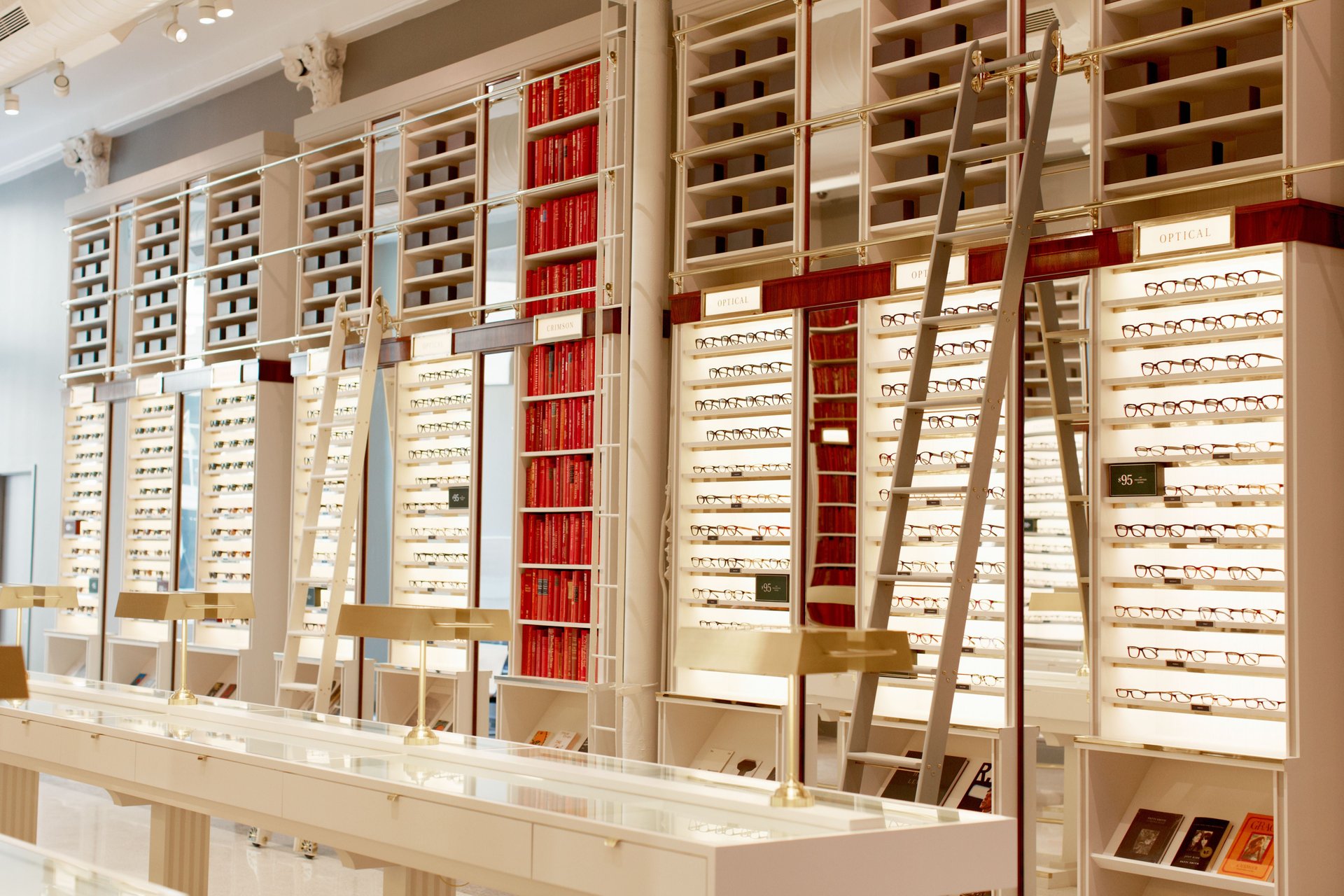Warby Parker proves customers don’t have to care about your social mission
In cities such as New York, Los Angeles, Chicago, and Austin, the success of eyewear company Warby Parker is written across many faces. It’s nearly impossible to enter a hip restaurant, startup office, or house party without meeting at least a few sets of eyes peering through the company’s retro-classic frames.


In cities such as New York, Los Angeles, Chicago, and Austin, the success of eyewear company Warby Parker is written across many faces. It’s nearly impossible to enter a hip restaurant, startup office, or house party without meeting at least a few sets of eyes peering through the company’s retro-classic frames.

How many of those wearers also know about Warby Parker’s social mission? It doesn’t really matter. As company co-founder Neil Blumenthal has argued, the social mission’s main benefit—beyond the altruistic goal of getting eyeglasses to some 700 million people who don’t have access—has more to do with recruiting employees than recruiting customers. Indeed, studies show that millennials not only like buying from brands with a social mission, they also want to work for them.
Blumenthal sat down last month with Dirk Standen, the editor in chief of Style.com, as part of Glasgow Caledonian University’s Soho lecture series about fashion and social progress. There, he shared some of what he’s learned so far with Warby Parker, about how to create a company you want to work for, how to design a communications strategy, and how to bond with your customers.
There’s a simple, selfish reason to make a social mission part of your business
Warby Parker works with the nonprofit Vision Spring, which trains entrepreneurs in developing countries to give eye exams and sell affordable glasses in their communities. For every pair of glasses Warby Parker sells, the company covers Vision Spring’s cost of sourcing a pair.
Blumenthal, who started Warby Parker in with three business school colleagues in 2010, says there’s a really basic reason why startups can benefit from a social mission like this: It gives the founders a good reason to get out of bed.
“I think we all love eyewear,” Blumenthal said of himself and his co-founders. “But I don’t know if we would have dedicated our lives to eyewear if there wasn’t some larger purpose.”
For Blumenthal, the larger purpose was to build a profitable company that does some good in the world, and could serve as a model for other entrepreneurs and executives. That kind of motivation is essential in the first few years of a startup—and beyond.
“At the end of the day,” said Blumenthal, “it’s like, how do you live your life so that you don’t have to roll over and hit the snooze button in the morning?”
It’s okay if your customers don’t care about your social mission—don’t try to make them
“I’m not under the illusion that [the Vision Spring partnership] is the No. 1 reason why people buy glasses from us,” Blumenthal said. In fact, he’s pretty certain it comes in around fourth place, if it appears at all on customers’ lists of priorities.
“Consumers put fashion and design first: ‘How do these glasses look on my face?’” said Blumenthal. “Second: How much do they cost? Third: Are they good quality and is the service good? And lastly, if at all, what do these glasses mean in the broader context of the world?”

That didn’t change Warby Parker’s commitment to the mission; it just affected the way they communicate with customers, which correlates directly to the priorities above. When it comes to marketing materials, Blumenthal said the brand leads with fashion. Then it tells people about Warby Parker’s $95 price tag and lens materials, and then, last, that a pair is distributed for every pair sold. “There’s a lot of customers that don’t even realize that until they open the box,” Blumenthal said.
Be open with your customers
Any optimistic entrepreneur can tell you that a challenge is also an opportunity. One of the biggest roadblocks for Blumenthal arose when a piece of software designed to simulate trying on eyeglasses proved to be a bit of a flop. That moment of doubt led to Warby Parker’s often imitated, at-home try-on program, where customers select five frames to try at home for free, before buying a pair.
It was a hit out of the gate; within 48 hours the company had sent out all of its inventory. Then people started calling, asking to come by Warby Parker’s office—which was then Blumenthal’s apartment—to try on the frames.
“We were like: You know what? Let’s invite five people,” remembered Blumenthal. “Hopefully we won’t get stabbed. Hopefully it won’t be such a bad experience, and if it is a bad experience, well, we just tarnished our reputation with five people.”

That’s how Blumenthal’s dining room table became Warby Parker’s first physical store (with co-founder Dave Gilboa’s laptop serving as the cash register). Now the company now has a dozen locations.
“What we realized was that this was a really special, different experience for folks, because you got a chance to take a peek behind the curtain,” said Blumenthal. “We just found time and time again, the more vulnerable we are with our customers, the deeper relationships we build with them.”